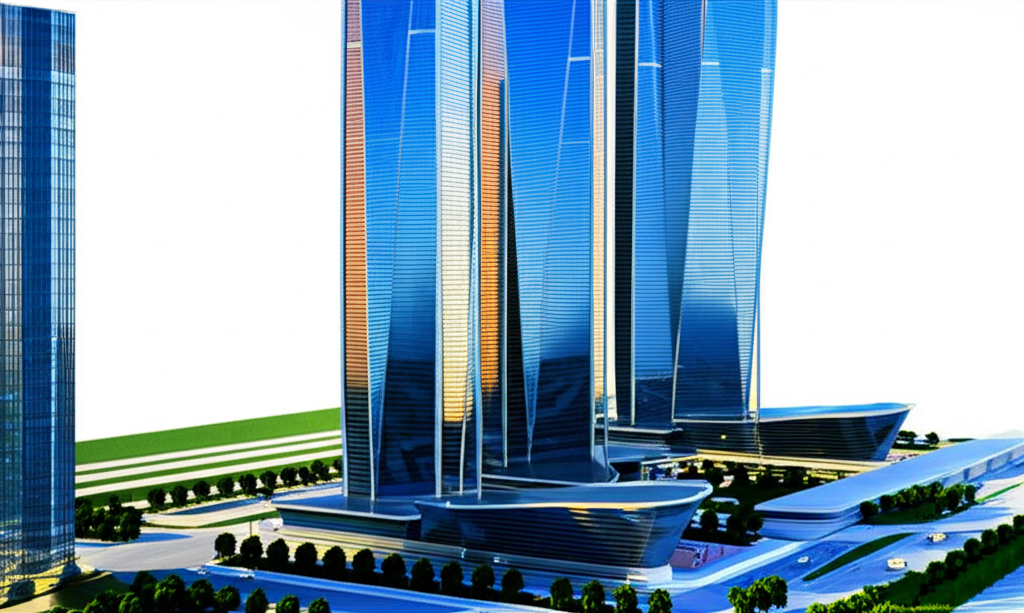
Malaysia’s real estate sector is showing signs of renewed confidence as developers anticipate stronger market conditions in the latter half of 2025. A recent survey by the Real Estate and Housing Developers’ Association (Rehda) reveals that over half of respondents are optimistic about sales performance and market trends, marking a significant shift from the cautious outlook for the first half of the year. Key economic initiatives, including infrastructure projects and industrial policies, are expected to drive this upward momentum.
The survey, which gathered responses from 127 developers across Peninsular Malaysia, highlights a notable surge in optimism compared to previous periods. Rehda president Datuk Ho Hon Sang attributed this shift to large-scale developments like the Johor Bahru-Singapore Rapid Transit System and the Johor-Singapore Special Economic Zone. However, he acknowledged that early-year challenges, such as seasonal festivals and delayed project impacts, may temper expectations for the first half of 2025. Despite this, developers are actively expanding their land banks, with 70% planning acquisitions in the coming year.
While confidence is growing, the industry still faces significant hurdles, including rising costs and financing difficulties. A separate Rehda survey of 177 members found that 73% of developers reported increased expenses in late 2024, driven by material shortages and labor constraints. Financing remains a critical concern, with 68% of respondents citing loan rejections due to buyer ineligibility or documentation issues. Additionally, price-controlled housing presents profitability challenges, pushing developers to adopt cost-saving measures like streamlined construction and reduced profit margins.
Looking ahead, developers are adjusting strategies to navigate market uncertainties. Over half plan new launches in early 2025, though delays in approvals and land shortages remain obstacles. The survey also highlights a growing emphasis on sustainability, with 72% of developers recognizing green buildings as a key industry trend. Despite higher implementation costs, energy efficiency and improved branding are driving this shift. As the sector balances optimism with ongoing challenges, the coming months will test whether projected growth materializes.